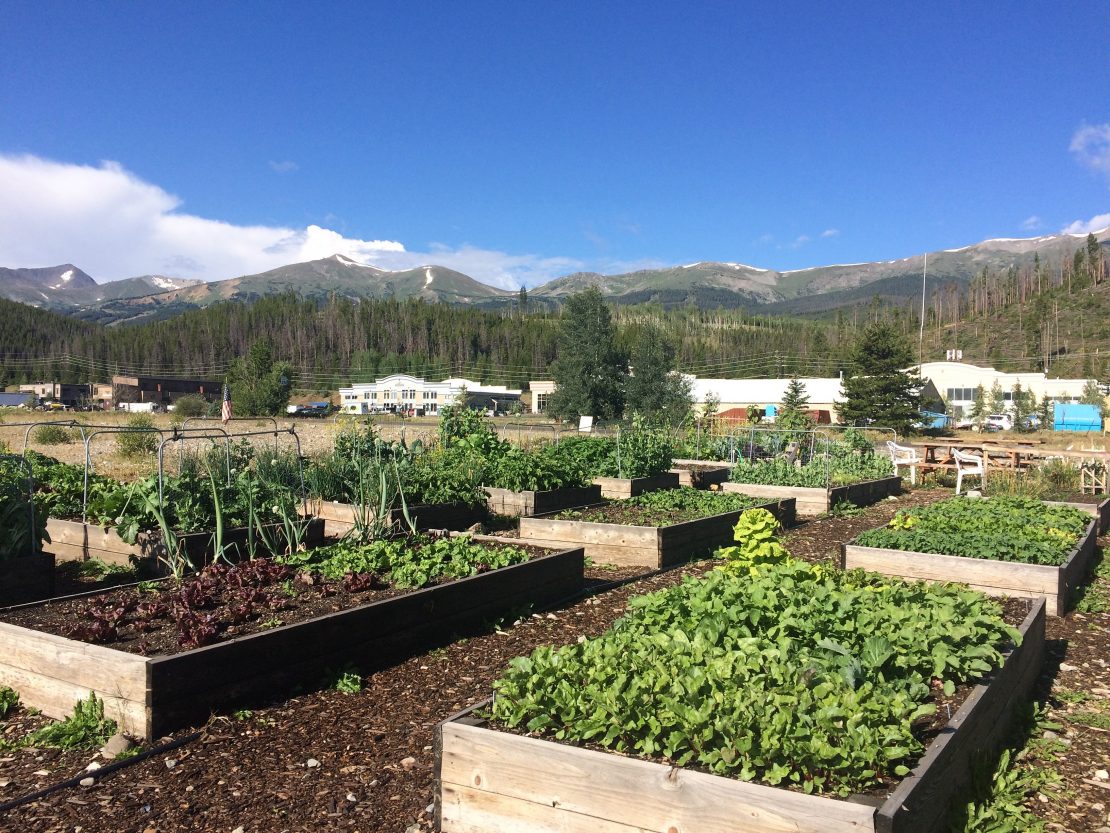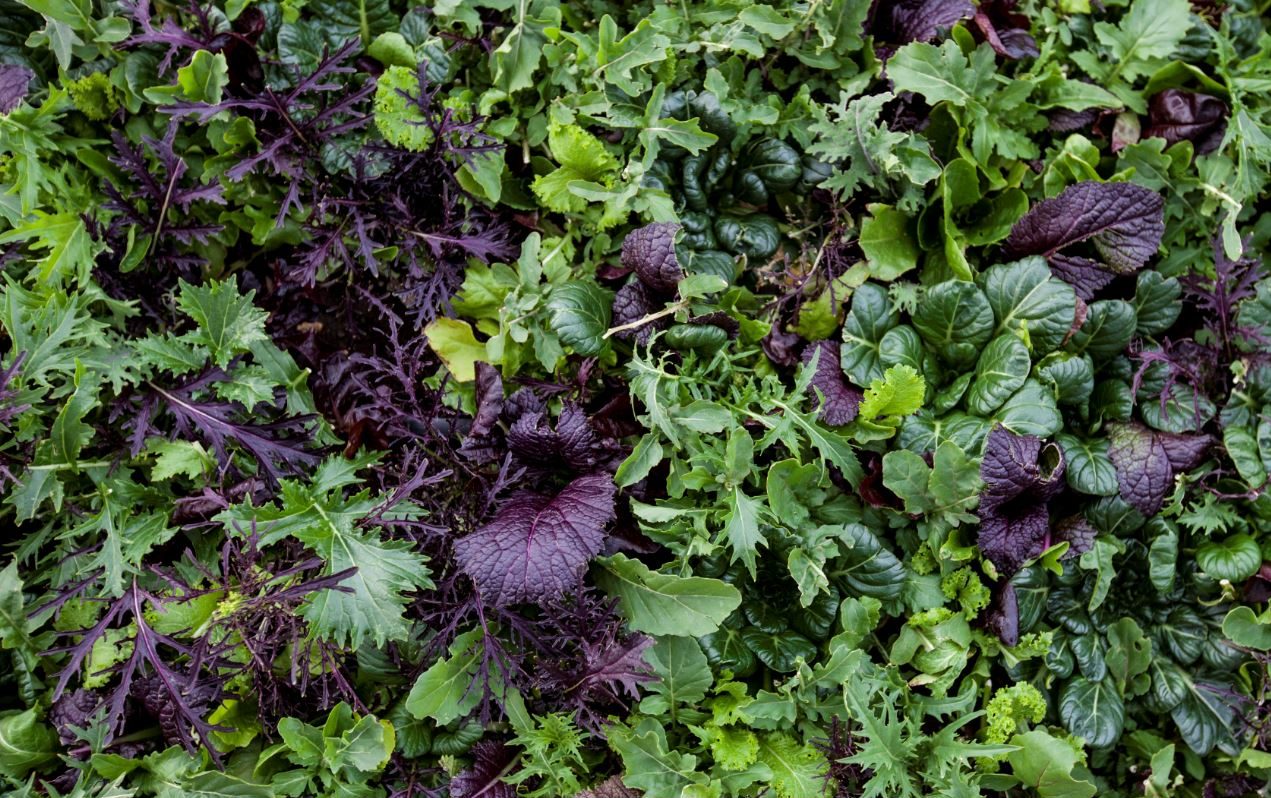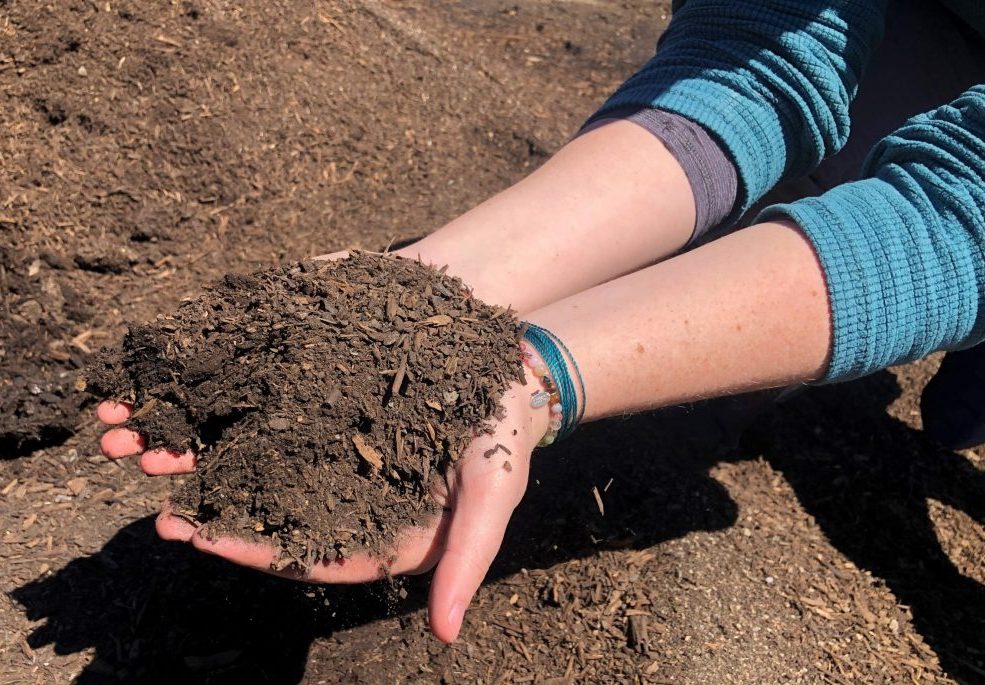
- Vitalii Homon
- May 7, 2021
- Ask Eartha
Dear Eartha Steward, I would love to grow my own vegetable garden, but I don’t know much about gardening in the mountains. I feel like it would be really good for me to do this! How do you suggest I get started?
Growing vegetables in our mountain climate is entirely possible … as long as you grow the appropriate varieties. Even if it’s only a portion of your daily food intake, eating locally grown food is an important way to improve your understanding of where our food comes from. Additionally, gardening is a wonderful way to support your body and mind, and to get involved with the community.
Before I get into details, I want to point you to an incredible resource, right at your fingertips. Visit HC3’s Community Gardens page. Once there, scroll down to High Altitude Gardening Tips and click on the button for Local Planting Dates. This document is a wealth of information for any mountain gardener, so be sure not to miss it!
To get started, it’s important to know the kinds of vegetables that will thrive in our climate. Most packages of seeds will be labeled as either “Warm Season” or “Cool Season” vegetables. In Summit County, choose only the cool season varieties. Warm season vegetables like cucumbers, tomatoes and peppers don’t like to get below 50 degrees at night. Even in our warmest summer months, our nighttime temperatures drop below 50. Advanced gardening methods such as greenhouses and cold frames make it possible to grow some of these warm season vegetables, but a beginner gardener is better off keeping it simple. Focus on the cool season vegetables that will thrive and give you a bounty of produce.
 What are the cool season vegetables? There are a lot of tasty vegetables on this list! Leafy greens – think lettuce, spinach, arugula, Swiss chard, collard greens, bok choy and kale – love our cool temperatures. Root vegetables will thrive too, so plan on including radishes, carrots, beets, parsnips and turnips. My favorite cool season veggies are snow peas and sugar snap peas, which do so well in a mountain garden. You will need a trellis to support their growth, so be sure to plan that into your garden design.
What are the cool season vegetables? There are a lot of tasty vegetables on this list! Leafy greens – think lettuce, spinach, arugula, Swiss chard, collard greens, bok choy and kale – love our cool temperatures. Root vegetables will thrive too, so plan on including radishes, carrots, beets, parsnips and turnips. My favorite cool season veggies are snow peas and sugar snap peas, which do so well in a mountain garden. You will need a trellis to support their growth, so be sure to plan that into your garden design.
“Direct seed” or “direct sow” are the terms used when a seed is planted directly into the soil of your garden. You can plant by direct seed once the soil temperatures are warm enough. The “Local Planting Dates” resource I mentioned earlier provides more information about when the soil is warm enough. (Tip: get a soil thermometer or chef’s thermometer so you’re not guessing.)
“Transplant” is the term used when a seed is planted inside your home or in a greenhouse before being relocated outside. Starting a transplant gives the seed some time to grow in a friendly, warm, cozy environment before relocating outside to fend for itself. Indoor seed starting is a slightly more advanced gardening technique. It involves some extra equipment, lots of sunny space and extra effort. Typically, I advise a new gardener to stick with direct seed planting for their first growing season – but if you are feeling brave, go for it! A couple of my favorite veggies to grow as transplants are kale and Swiss chard. You won’t want to grow transplants of radishes or carrots because their roots are too delicate to be moved.
 If you plan to build your own raised garden beds at home, keep in mind that High Country Compost is available from the Summit County Resource Allocation Park located near Keystone. This compost is the ultimate way to reduce and reuse. Local food scraps are combined with biosolids and wood chips to create a rich, nutrient dense compost that your veggie garden will love. Finally, if you or anyone you know needs a location for your mountain garden, there are still openings at the Breckenridge Community Garden, located right next to Colorado Mountain College. For $100, you will have your own 12’ X 6” plot for the summer to plant anything that you like. Gardening in a community garden is a delightful opportunity to learn from other gardeners and be around kindred spirits
If you plan to build your own raised garden beds at home, keep in mind that High Country Compost is available from the Summit County Resource Allocation Park located near Keystone. This compost is the ultimate way to reduce and reuse. Local food scraps are combined with biosolids and wood chips to create a rich, nutrient dense compost that your veggie garden will love. Finally, if you or anyone you know needs a location for your mountain garden, there are still openings at the Breckenridge Community Garden, located right next to Colorado Mountain College. For $100, you will have your own 12’ X 6” plot for the summer to plant anything that you like. Gardening in a community garden is a delightful opportunity to learn from other gardeners and be around kindred spirits
By guest contributor Susie Nothnagel
